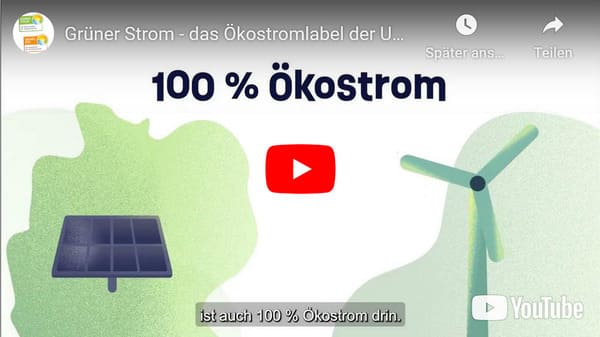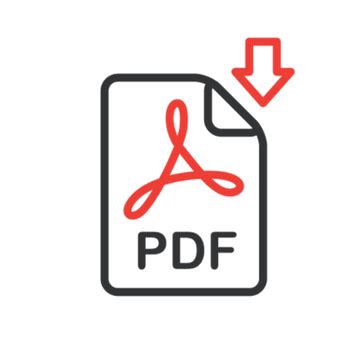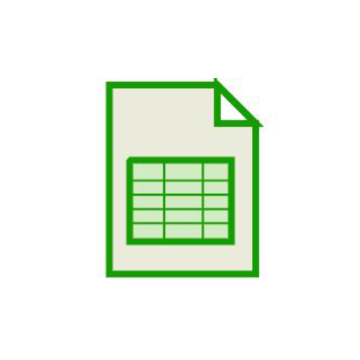Service and logos
Service and logos
Communication made easy: text modules, logos and video material at a glance
Logos (web versions)
| Gütesiegel | Webversion | |
|---|---|---|
| Grüner Strom | png-Format | jpg-Format |
| Grünes Gas | png-Format | jpg-Format |
Logos (print versions)
| Print version | Logo set |
|---|---|
| eps format | zip format |
| eps format | zip format |
Terms of use
If you need other file variants, just contact us. Your contact person can be found at the bottom of this page.
Text modules english
Grüner Strom-Label key messages
(117 words)
The Grüner Strom-Label is the only green electricity label in Germany supported by leading environmental organizations like BUND, NABU or EUROSOLAR. It aims to help consumers find their way in the complex electricity market.
- Genuine green electricity 100 % sourced from renewable energy
- Guaranteed investments in new facilities and innovative energy projects
- Recommended by leading environmental organizations including consumer protection groups
- Independent third-party certification pursuant to highest environmental standards
- The first seal of approval for green electricity in Germany since 1998
A central aspect of the Grüner Strom certification is that electricity providers invest a fixed amount per kilowatt-hour in new renewable electricity generation plants. More than 1600 projects were realized and co-funded in this way.
Grünes Gas-Label key messages
(105 words)
The Grünes Gas-Label is the only biogas label in Germany supported by environmental organizations like BUND, NABU or EUROSOLAR. It aims to help consumers find their way in the complex market for gas products.
- With genuine biogas sourced by environmentally-friendly means
- Advancement of regional and decentralized economic activity
- Recommendation and endorsement by leading environmental organizations and consumer information groups
- Independent third-party certification pursuant to highest environmental standards
- First seal of approval for biogas product options in Germany
A central aspect of the Green Gas certification is that the ecologically acceptable production of biogas is checked on all processing steps up to the raw material.
Grüner Strom Label e.V.
(76 words)
The Gruener Strom Label association (Grüner Strom Label e.V.) issues two seals of approval - Grüner Strom is granted for green electricity and Grünes Gas is granted for biogas. The Bonn based association was founded in 1998 by several non-profit environmental organizations including consumer information groups and peace-furthering organizations, inter alia, NABU, BUND, EUROSOLAR and Verbraucher Initative. Grüner Strom and Grünes Gas are the only seals of approval in Germany, indicating endorsement by leading environmental organizations.
Green Electricity - The Green Electricity Label of Environmental Associations
The animated clip shows what the Grüner Strom-Label stands for and what benefits it brings. Anyone interested can embed the video on their homepage. The following options are available for embedding the video:
YouTube video

By loading the video, you accept YouTube's privacy policy.
Learn more
Color table
The following table lists the values of the colors used in corporate marketing:
| Color | R | G | B | Color code |
|---|---|---|---|---|
| Gray | 102 | 102 | 102 | #666666 |
| Light gray | 246 | 246 | 246 | #f6f6f6 |
| Dark blue | 67 | 73 | 105 | #434969 |
| Orange | 238 | 142 | 34 | #ee8e22 |
| Green | 141 | 198 | 63 | #8dc63f |
Together for the energy turnaround
Your contact person

Melanie Alberts
Manager
Communication & Marketing
What you should know about green electricity
Grüner Strom-Label
Frequently asked questions
With Green Electricity-certified green electricity tariffs, guaranteed investments flow into the expansion of renewable energies. The level of investment is determined by a fixed amount per kilowatt hour consumed. Thus, your green power purchase indirectly influences investments in the energy transition.The funding areas include the mobility transition, energy infrastructure, energy efficiency, and other projects that serve the energy transition, such as nature conservation, development cooperation, and education.
The full range of funding opportunities can be found in the criteria catalog for the Grüner Strom-Label. Selected energy transition projects can be found here.
Green Electricity
Green electricity is electrical energy that comes from renewable sources. It can be generated from solar radiation, wind and water power, biomass, geothermal energy or sewage gas. Electricity from renewable sources is ecologically and socially sound because it protects the climate and reduces the consumption of fossil, finite resources. In addition, it does not produce hazardous waste, such as radioactive waste from nuclear power plants. When you buy green electricity, it doesn't mean that green electricity is actually coming out of the pipe. Every kilowatt hour generated flows into an electricity lake, from which it is then redistributed to end customers. In other words, everyone gets the same physical electricity. But every single green electricity customer helps to make the electricity lake ever greener. However, green electricity does not automatically promote the energy transition. For this, additional investments must be made in the expansion of renewable energies. This is guaranteed by tariffs that carry the Green Electricity label. - -
Electricity from renewable energies is ecologically and socially acceptable because it protects the climate and the environment. Consumption of fossil, finite resources reduced is produced. In addition, no hazardous waste is produced, such as radioactive waste from nuclear power plants.
When you buy green electricity, this does not mean that green electricity actually comes out of the line. Every kilowatt hour generated flows into a Stromseefrom which it is then redistributed to the end customers. In other words, everyone receives the same physical electricity. But every single green electricity customer helps to make the electricity lake ever greener.
- - -
The numerous green electricity tariffsavailable on the energy market differ significantly from one another.
The crucial point with a green electricity tariff is whether consumers are choosing a green electricity tariff with their purchase decision. . . environmentally compatible expansion of renewable energies is subsidized. This is not the case with many green electricity offers.
It is important to make the electricity mix greener, Incentives for the expansion of renewable energies This is where the Grüner Strom-Label comes in: if you choose a tariff that has been awarded our seal of approval, you can be sure that every kilowatt hour you consume will go towards the expansion of renewable energies. The guaranteed investments in the environmentally compatible expansion of renewable energies are an essential Distinguishing feature compared to many other green electricity labels and green electricity tariffs.
Green electricity tariffs for private customers require an investment of at least 0.5 cents per kilowatt hour. Many energy providers also invest more than 0.5 cents per kilowatt hour.
. tariff portal of the environmental associations for switching energy providers. .
For trade customers, the Subsidy contribution are lower due to the higher consumption values: they range from 0.1 cents to 0.4 cents per kilowatt hour.
Yes. Green electricity tariffs do not necessarily have to bear a label. Certification by the Grüner Strom-Label or other seals of approval is voluntary. There are electricity providers who do not have their tariffs independently verified at all. Here, consumers must decide for themselves how credible the offer is.
In addition, it is not the energy providers that are certified, but only the individual tariffs. You can find more information about our certification here.
What you should know about biogas
Grünes Gas-Label
Frequently asked questions
With Green Gas-certified tariffs, guaranteed investments flow into the expansion of renewable energies.
The level of investment is determined by a fixed amount per kilowatt hour consumed. Thus, your gas purchase indirectly influences the investments in the energy transition. The areas of support include the mobility transition, energy infrastructure, energy efficiency, and other projects that serve the energy transition, such as nature conservation, development cooperation, and education.
You can find the whole range in the criteria catalog for the Grünes Gas-Label.
Biogas in general
- Biogenic residues (e.g. biowaste from the organic waste garbage can, plant residues, residues from agriculture such as harvest and slaughter waste, liquid manure, slurry and dung).
- Sewage sludge and sewage gases from wastewater treatment plants, industrial processes, or commercial production (e.g., from biogenic residues in paper recycling).
- Renewable raw materials or energy crops (e.g., corn or through-grown silphia).
The abbreviation NawaRo stands for the term renewable raw materials.
This refers to plants or plant components that originate from agricultural production and are not used as food or feed, but are used materially or energetically, e.g. for the production of biogas.
Sewage gas is a methane-containing gas produced during wastewater treatment by the digestion of sewage sludge. Sewage gas contains between 45 and 70 percent methane by volume.
As the name suggests, this is gas that is produced artificially. Gas is produced from water in an electricity-intensive process called electrolysis. This concept is called power-to-gas. In this context, people often talk about green hydrogen. Green' here means that hydrogen is produced with the help of green electricity.
- Biogenic residues (e.g. biowaste from the organic waste garbage can, plant residues, residues from agriculture such as harvest and slaughter waste, liquid manure, slurry and dung).
- Sewage sludge and sewage gases from municipal wastewater treatment plants, industrial processes, or commercial production (e.g., from biogenic residues in paper recycling).
- Renewable raw materials (e.g. maize or through-grown silphia), but only if there is an ecologically sustainable operator concept that is conducive to the energy transition.
Want to learn more?
Then feel free to contact us and follow us on social media.





